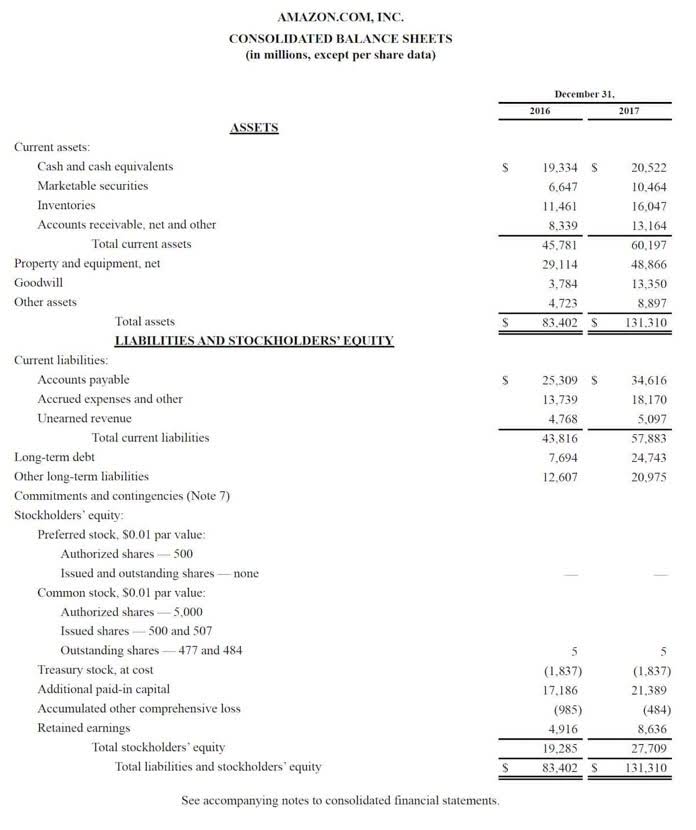
The Times Interest Earned (TIE) ratio is an essential financial metric in strategic decision-making for investors, creditors, and business management. It highlights a company’s capacity to fulfill its interest expenses based on operating income. A higher Times Interest Earned Ratio indicates a company is more capable of meeting its interest obligations from its current earnings, implying lower financial risk. In contrast, a lower ratio suggests a company may face difficulties covering interest payments, which could signal higher credit risk.
Introduction to financial ratios

The times interest earned ratio is a measure of the ability of a business to make interest payments on its debt, as such it is a times interest earned ratio measure of the credit worthiness of the business. In the above example, the ratio of 6.00 indicates that interest payable is covered 6.00 times by the operating income. On the other hand, a company with a lower TIE ratio may need to consider measures to improve its cash flow or reduce debt repayments.
Company circumstances

The TIE ratio helps analysts and investors evaluate a business’s ability to What is bookkeeping generate consistent earnings and meet its debt obligations. Financial ratios are calculations made by managers, analysts, investors, and creditors, using data from key financial statements and current assets to compare figures and measure a company’s financial health. Times interest earned (TIE) ratio shows how many times the annual interest expenses are covered by the net operating income (income before interest and tax) of the company.
- Based on the times interest earned formula, Hold the Mustard has a TIE ratio of 80, which is well above acceptable.
- EBIT indicates the company’s total income before income taxes and interest payments are deducted.
- In other words, TIE serves as a litmus test for a company’s financial well-being, providing a clear picture of its ability to manage and service its debt through its operational income.
- This historical perspective is crucial for identifying companies with consistently strong financial health versus those experiencing temporary improvements.
- As a general rule of thumb, the higher the times interest earned ratio, the more capable the company is at paying off its interest expense on time (and vice versa).
- It’s helpful to look at a times interest earned ratio explanation of what this figure really means to better grasp the TIE.
TIE vs Other Financial Ratios
Companies that have consistent earnings, like utilities, tend to borrow more because they are good credit risks. In conclusion, TIE, a solvency ratio indicating the ability to pay all interest on business debt obligations, plays a pivotal role as part of their credit analysis to assess a company’s creditworthiness. A robust TIE ratio serves as a beacon of financial stability and creditworthiness, making it indispensable for businesses to manage effectively.
- A large and settled one will likely experience less volatility in their earnings than a small/mid company.
- Solvency ratios like TIE help assess a company’s ability to meet its long-term debt obligations.
- A lower TIE ratio, on the other hand, shows a higher risk of financial distress or default.
- However, as a general rule of thumb, a TIE ratio of 1.5 to 2 is often considered the minimum acceptable margin for assuring creditors that the company can fulfill its interest obligations.
- This is because it shows the company can afford to pay its interest payments when they come due.
- A higher TIER ratio suggests that a company has a better ability to cover its interest expenses, which is generally considered a positive sign for the company’s financial health.
- A higher times interest earned ratio indicates that the company’s interest expense is low relative to its earnings before interest and taxes (EBIT) which indicates better long-term financial strength, and vice versa.
The Times Interest Earned ratio serves as an essential tool in financial analysis, providing crucial insights into a company’s debt servicing capability and overall financial health. Times interest earned ratio (TIE) is a solvency ratio indicating the ability to pay all interest on business debt obligations. TIE is calculated as EBIT (earnings before interest and taxes) divided by total interest expense. The higher the times interest earned ratio, the more likely the company can pay interest on its debts. A company’s ability to meet its financial obligations is a critical aspect of its financial health.
What is considered a strong TIE ratio?

Since EBIT is the numerator in the time interest earned ratio formula, any change in operating income directly influences the ratio. For example, a sudden drop in sales might reduce EBIT, causing the TIE ratio to fall and signaling increased financial risk. Interest expense encompasses all interest-related obligations, such as interest on loans, bonds, or any Bookkeeping vs. Accounting other interest-bearing liabilities. It is a direct measure of the financial burden imposed by the company’s debt.
